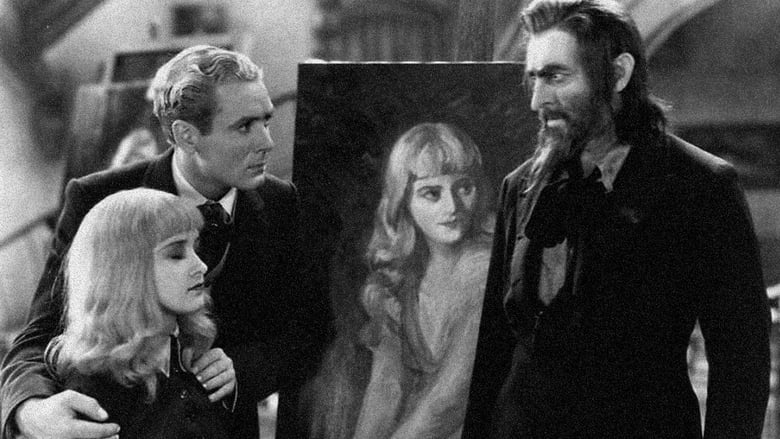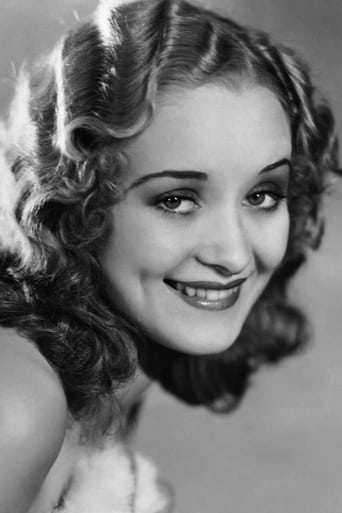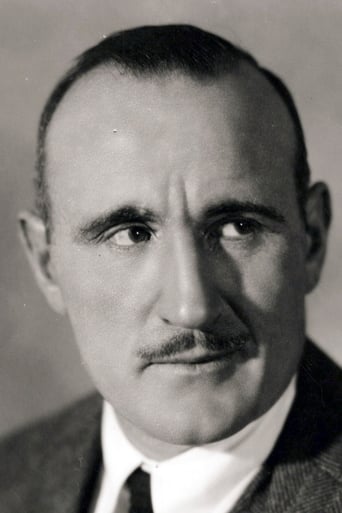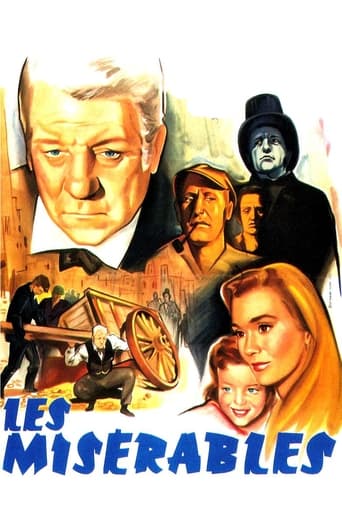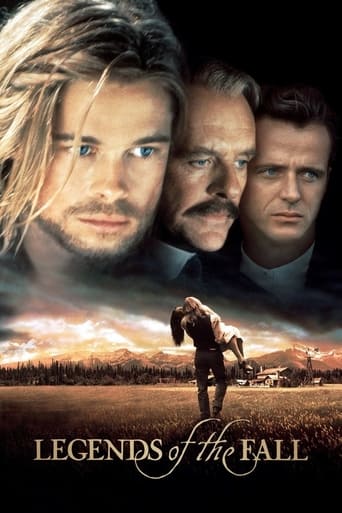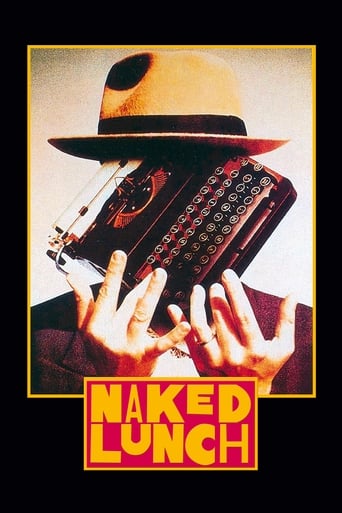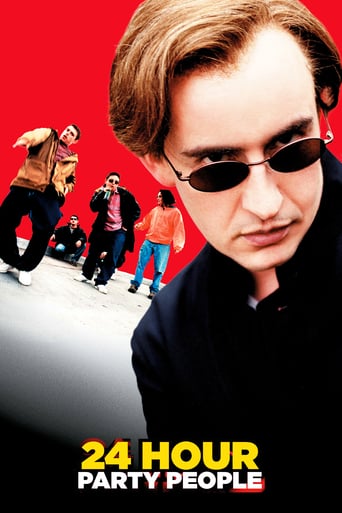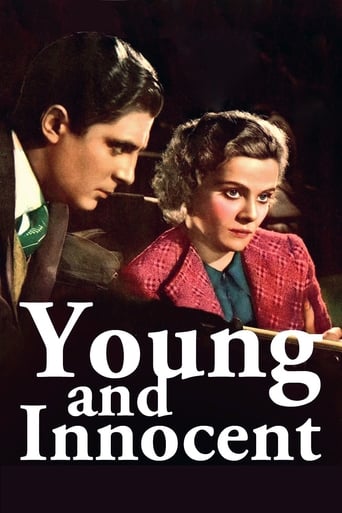Svengali (1931)
A music maestro uses hypnotism on a young model he meets in Paris to make her both his muse and wife.
Watch Trailer
Cast
Similar titles
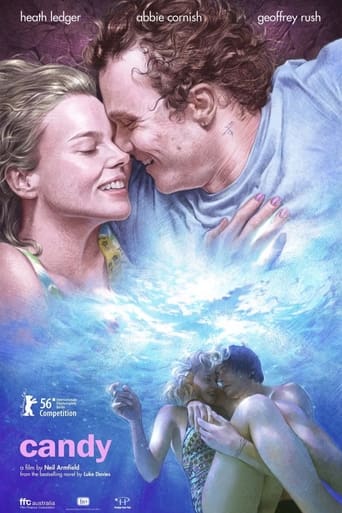
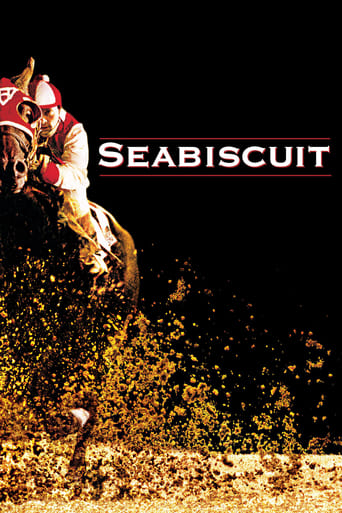


Reviews
Lack of good storyline.
Absolutely Fantastic
Fanciful, disturbing, and wildly original, it announces the arrival of a fresh, bold voice in American cinema.
One of the most extraordinary films you will see this year. Take that as you want.
I'd always wanted to see this famous story, and the much-praised John Barrymore. Unfortunately, I couldn't get past all the outrageously bogus fake beards on everybody, plus the preposterous fake nose Svengali sports, the imitation Yiddish accent, the crude caricatures of the expostulating Italians and so on. Kinda wrecks it for us moderns who are used to decent production . Remember when Spencer Tracy refused to grow a stubble beard for"The Old Man and the Sea?" The director protested that hero was at sea without shaving for a week and had to grow a beard. Tracy said, "I'll ACT the beard." If only Barrymore had made the same choice.
This will forever be identified as john Barrymore's greatest screen achievement, a slow but interesting psychological horror drama. Looking much like his brother Lionel would look the following year playing Rasputin, the great profile comes off as charming, if eccentric and weird to some, yet possibly even more than that. He has allegedly driven one singer to suicide, and when he meets the beautiful Trilby (Marian Marsh), he will either have his greatest success or his next victim. With eyes burning and the pupils gone, he gets rid of her headaches, but appears to put her into a trance. She disappears, presumably to suicide as well, but reappears as his greatest protégé, much to the shock of the man (Bramwell Fletcher) who loved her sincerely, yet obviously under his control.Lavish looking yet often filled with those aggravating long pauses between lines, this was obviously greatly praised in its time, but the past 85 years have not been completely kind to it. How no man could see the possibility of sinister motives in his obsession with Marsh is beyond comprehension. But one thing that remains fresh is Barrymore's mesmerizing performance which did not garner him an Oscar nomination that he truly deserved. Marsh's pageboy hairstyle does seem a little odd, but fortunately, she does not play Trilby as a flowery little silent heroine. Oscar winner Donald Crisp isn't recognizable as one of the trio of artists, but his voice is most recognizable.
SVENGALI (Warner Brothers, 1931), directed by Archie Mayo, stars the great profile, John Barrymore, in one of his most celebrated movie roles of his career as well as one of his finest for the Warner studio. Based on the classic 1894 novel "Trilby" by George DeMaurier, which had been filmed twice before under its original book title during the silent film era (1915 and 1923), this latest edition, the first with sound and retitled SVENGALI, certainly fits with the Barrymore style through voice and dark pointed beard image, almost similar to the Fagin character from Charles Dickiens "Oliver Twist." Marian Marsh, a newcomer to films with some previous extra roles to her credit, assumes the role of Trilby.The screenplay by J. Grubb Alexander, set in 19th century Paris, introduces Svengali (John Barrymore) as a composer and music teacher living in an apartment which he shares with Becko (Luis Alberni), and not only owes some back room rent, but owes everybody in town. After Ronori (Carmel Myers), one of his pupils, leaves her husband for Svengali, who rejects her for not getting a cash settlement from her spouse, Svengali encounters a doll-faced beauty named Trilby O'Ferrall (Marian Marsh), a model in the studio of fellow artists Monierd (Donald Crisp), DeTefi (Lumsden Hare) and Billie (Bramwell Fletcher). Because Trilby shows more attention towards the younger artist, Billie, Svengali, who wants her all to himself, hypnotizes her affection over to him. Later, Svengali takes Trilby with him to Paris where, under his trance, develops "his manufactured love" into a famous concert opera singer. Left to believe Trilby had taken her own life following his disapproval of her posing in the nude, Billie, discovering Madame Svengali to be his one and only Trilby, follows their concert tours, hoping to somehow set her free of her maestro's hypnotic eyes.Often classified as a Gothic horror film with similarities between this and Bram Stoker's "Dracula," with female victim living under a trance from her evil mentor, SVENGALI is very much a love story of rejection told through the crazed hypnotist's point of view. Released the same year as Universal's own "Dracula" (1931) with Bela Lugosi in the title role, it's a wonder how SVENGALI might have turned out had Lugosi assumed the task instead of Barrymore. Definitely Lugosi's Hungarian accent would have been natural enough for good measure, but through Lugosi's acting style, his Svengali might have leaned heavily towards Dracula, thus, stirring some confusion for its viewers as to which role he's playing. Yet even by not doing Svengali in the Dracula mode, his Dracula has permanently cemented Lugosi's screen image as Svengali has for Barrymore.For Barrymore's interpretation, his Svengali is a German Jew, ja (though classified by uncertain terms as being of Polish decent by the Billie character), who often addresses his protégé Trilby as "mein leibchen" (German for "my dear"). For a little dose of humor, Svengali must leave a foul odor about town, considering his reputation for not bathing. When asked when he last took a bath, Svengali's reply: "Not since I tripped and fell into the sewer," thus, having his fellow artists stripping and placing Svengali into the tub covered in soap suds. As for Marian Marsh, such a role should have turned her into a major star attraction for the Warners studio. Although she did get plenty of exposure and movie parts during her two years at the studio, she soon drifted to obscurity after leaving Warners by 1932. SVENGALI, along with her Marlene Dietrich style-like interpretation in Columbia's CRIME AND PUNISHMENT (1935), and her featured role opposite Boris Karloff in THE BLACK ROOM (1935), are certainly the only other two films of distinguishable effort by Marsh before her movie retirement by 1941. Paul Porcasi (Senor Banelli); Adrienne D'Ambricourt (Madame Vinard) and Ferike Boros (Marta) are other members in the supporting cast seen in smaller parts.Aside from Barrymore's bravura performance, highlights include the close-up caption of Svengali's hypnotic glass-marble eyes, along with camera tracking around the buildings as Svengali hypnotizes Trilby at a distance from his quarters to hers to the sound of passing winds. The pacing is good as is its direction, special effects and occasional underscoring helps with the proceedings during its 81 minutes.The success of SVENGALI lead to Warners to re-teaming its major cast members of Barrymore, Marsh, ALberni and Carmel Myers in THE MAD GENIUS (1931), but it's SVENGALI that has had more exposure in latter years on commercial television in the sixties and seventies, followed by further exposure in the eighties on numerous cable and public television stations, such as the 1989 presentation on The Learning Channel where its opening seven minutes with Barrymore and Myers was cut for time restrains involving movie discussion in its 90 minute time slot. Becoming a public domain title, SVENGALI became available onto video and DVD formats from various distributors.Even with newer SVENGALI editions as the 1955 British adaptation and 1983 made to television presentation, it's the 1931 oldie with John Barrymore and the blondish Marian Marsh film buffs seem to remember most. Watch for it the next time it appears on Turner Classic Movies. (***)
Such a story could only be committed to celluloid during the precode era. John Barrymore, as Svengali, makes us empathize with him as we are presented with a very complex villain.The opening twenty minutes or so of the film are pretty much light-hearted fare as Svengali is presented as a fortune-hunter when it comes to his women pupils and also a very creative panhandler when it comes to his British artist acquaintances also living in the artists' section of Paris. By chance, Svengali meets artists' model Trilby. Trilby is a bit of a dual-natured creature herself. She has the language and bearing of a free spirit, yet she also has angelic delicate features and sports a gendarme's coat that seems to say "No Trespassing!". Svengali is captivated, perhaps for the first time in his life, with another human being, not just with what that human being can do for him. The movie takes a sharp turn into darker territory when Svengali uses his hypnotic hold on young model Trilby to turn her into a singing sensation. He can make her do anything he wants through his hypnotic powers - even marry him. However, when he lets her out of her trance she feels nothing for him. There is a particularly touching scene in which Svengali talks to "the real" Trilby and she says that she has tried to love him but simply does not. Frustrated, he quickly puts her into a trance, and his marionette parrots back her love for him. Heartbroken, he realizes all that is happening when she speaks her affection is that he is talking to himself. As time passes it is interesting to see how Svengali ages, as the weight of holding back Trilby's true will seems to be slowly killing him. The ending is not sewed up neatly at all, and it is a bit shocking to see how it breaks off.The best parts of this film are John Barrymore's great performance as Svengali and also the art design. If you've ever seen The Cabinet of Doctor Caligari, the art design is quite similar to that, especially in the first part of the film in Paris. The windows and doors all have odd shapes and angles, as the visual style of the whole film takes on a nightmarish and surreal quality.

